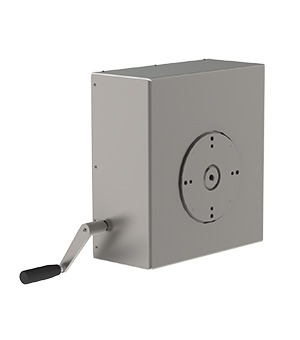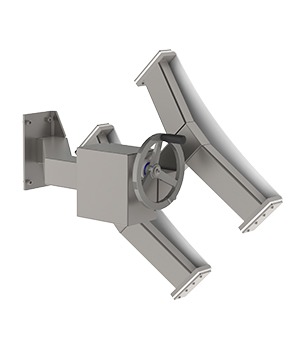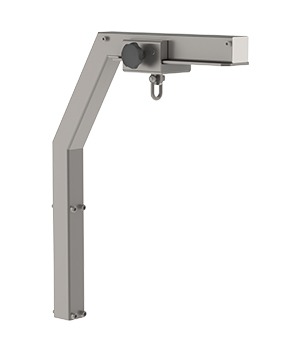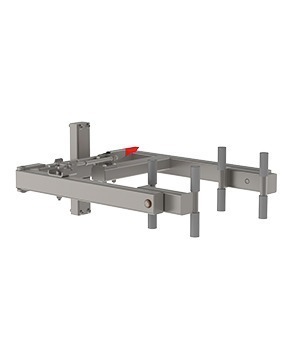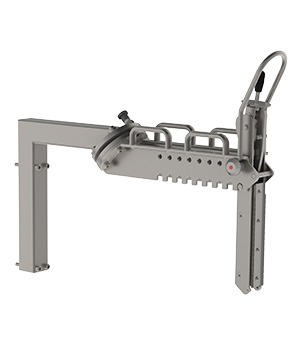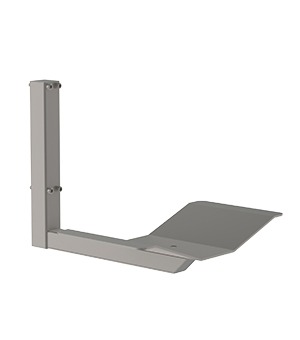SU – Swing Unit
SU – Swing Unit:
A Manual Swing Tool for Material Handling Cranes or Roll Lifters
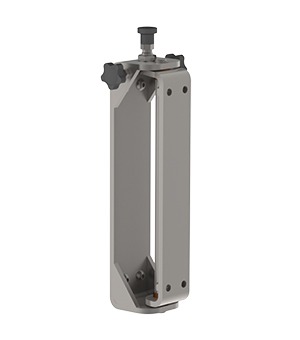
Often attached to material handling cranes or roll lifters, the swing unit (SU) is used to swing loads into positions where it is impractical to move the lifter itself.
The SU is often combined with a CA (Crane Arm) or an MRM (Manual Roll Manipulator). However, other lifting tools can also easily be combined with the SU, thanks to our modular approach to design.
The reach of the SU can be adjusted using two knobs on each side of the unit. This ensures that the swinging motions only occurs within the range where the system is stable.
A pin allows the unit to be locked in the central position to keep the load stable while the lifter is moved.
Features
- Locking pin to keep load fixed while moving the lifter.
- Adjustable swinging range to ensure stability and easy of positioning.
- Easily customizable: dimensions can be modified to customer specifications.
- Rugged construction for industrial use. With its all-stainless steel construction, the SU is built to last and for use in demanding industrial environments.
- Available in hygienic design for use in cleanrooms and the food/beverage industry.
Images of the Swing Unit (SU):
A Swing Tool for Material Handling Cranes or Roll Lifting Devices
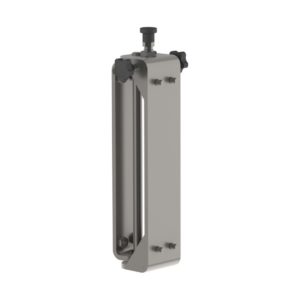
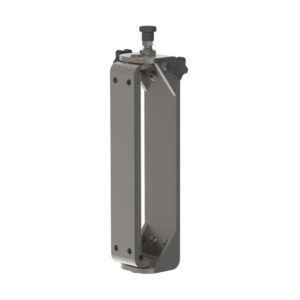
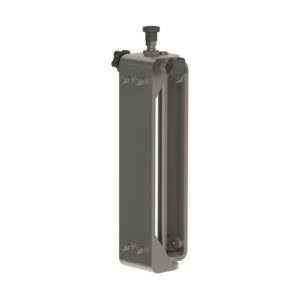
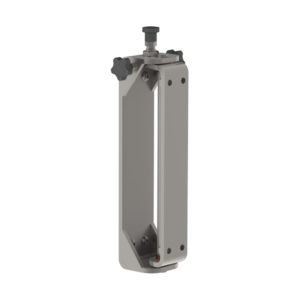
Other Manual Manipulators
Go to our Manual Manipulators page for more information on this categoriy of lifting tools.
Go to our main Tools page for an overview of the different categories of tools that we offer.
Go to our Products page to find out how our products may help you in your line of industry and your work situation.
Go to our Homepage.






